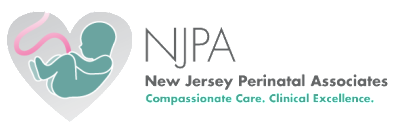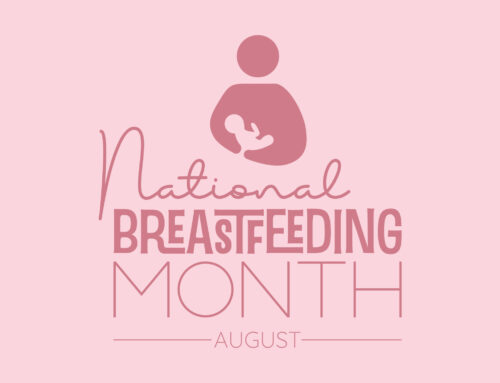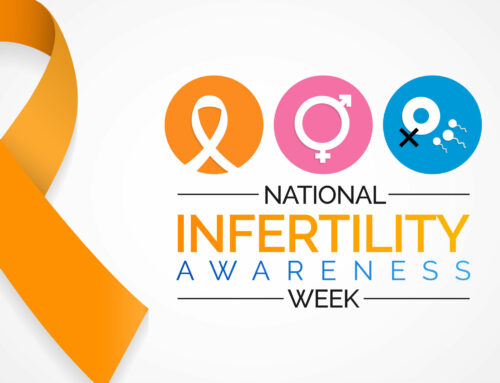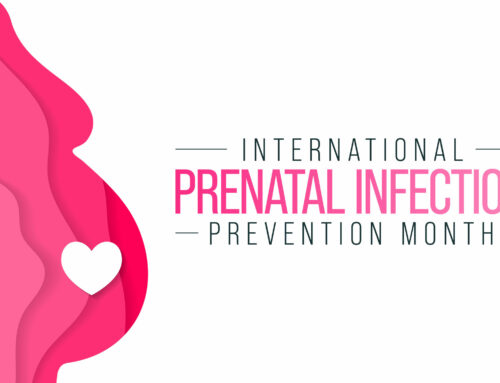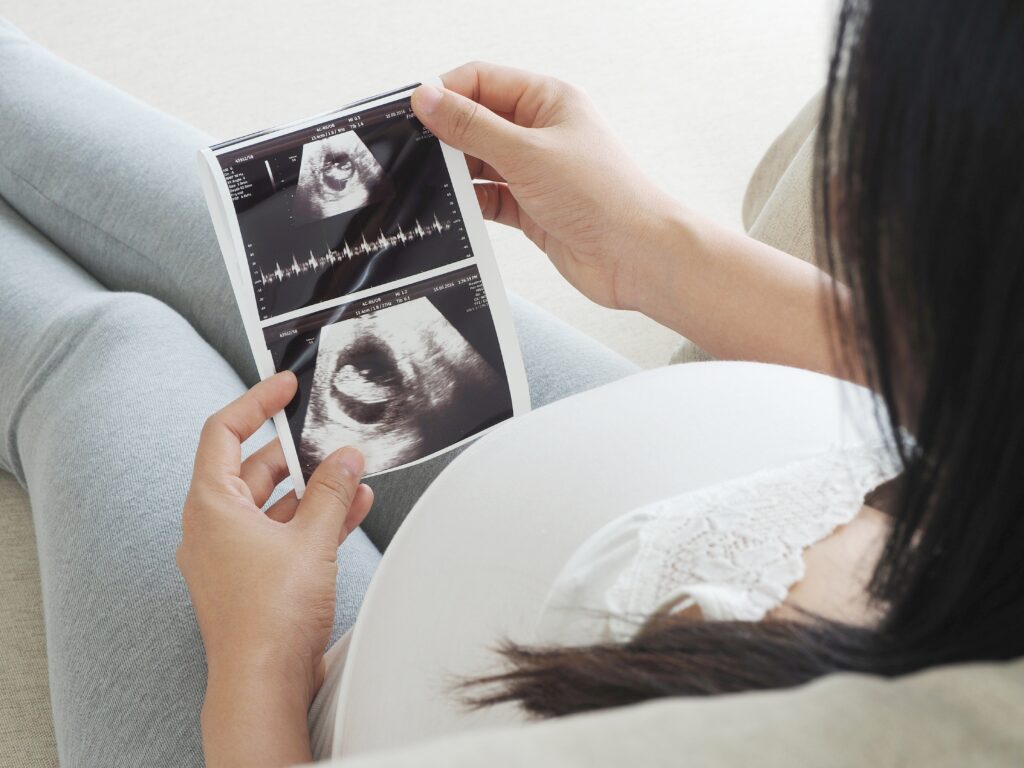
Congratulations! You have received a positive pregnancy test, and your journey to motherhood is about to begin. But now it’s time to get the news confirmed by your doctor. An ultrasound, also known as a sonogram, uses a transducer to send sound waves through the skin into the womb. The sound waves bounce off the fetus to create an image of the baby. An ultrasound is typically performed by an ultrasound technician or OBGYN and should only be done when there is a valid medical indication.
While it’s often considered an early milestone for many parents, the primary purpose of an ultrasound is to check on the baby’s development, detect any genetic abnormalities, and examine the uterus, placenta, and amniotic fluid. In this guide, we’ll discuss how many ultrasounds you’ll get and when, what to expect at your appointment, and why you might need more than the two standard ultrasounds.
How Many Ultrasounds During Pregnancy?
Ultrasounds are a regular part of prenatal care for most pregnant women. They are an effective way for doctors to monitor the health of an expecting mother and developing fetus. Most healthy women receive two ultrasounds during their pregnancy: one in the first trimester and another midway through the second trimester. However, each pregnancy is unique and you may require more ultrasounds based on your age, weight, medical history, and other factors. If there are any issues with the initial ultrasounds or a discrepancy in the fetus size along the way, a repeat ultrasound is warranted.
Your First Ultrasound
Your first ultrasound is called the “dating” or “viability” ultrasound, and it is done between 10 to 13 weeks into your pregnancy. As the name suggests, your dating ultrasound is when the doctor establishes a due date for your baby. During this time, you can also expect them to:
- Confirm the pregnancy by checking the fetal heartbeat
- Detect the number of babies
- Check for ectopic pregnancy
- Screen for genetic disorders, such as Trisomy 21 (Down Syndrome), Trisomy 13, and Trisomy 18
If your pregnancy is considered high-risk, an ultrasound at 6 to 8 weeks may be appropriate. An ultrasound this early can help your physician check your baby’s heartbeat, the location of the embryo, and the size of the yolk sac. It will most likely be done transvaginally, or through the vagina. A transvaginal ultrasound is used when the baby is too small for an abdominal ultrasound to pick up. An early ultrasound may be necessary because of your medical history, age, prior miscarriages, or current complications.
Your Second Ultrasound
Your second ultrasound, or anatomy scan, comes around 18 to 20 weeks. This ultrasound is performed to check on the growth of the baby’s vital organs and position of the placenta. During this time, you can also find out the biological sex of the baby. If you wish to keep it a surprise, be sure to let your ultrasound technician and doctor know beforehand. After your technician has captured the necessary images and measurements, your OBGYN will review them for abnormalities, such as congenital heart defects or cleft lip or palate. If everything looks normal and there are no other issues during pregnancy, the next time you’ll see your baby is in the delivery room!
Can You Get a Third Trimester Ultrasound?
Most mothers-to-be will not receive an ultrasound in their third trimester. However, additional ultrasounds are recommended for some women, especially those with high-risk pregnancies. Later in pregnancy, ultrasounds may be needed to monitor the baby’s size if there is a risk of too much or too little growth, such as in cases of gestational diabetes and preeclampsia. If you are expecting twins, triplets, or other multiples, you will probably get more ultrasounds to check their growth and development.
3D and 4D Ultrasound in New Jersey
New Jersey Perinatal Associates is proud to offer 3D and 4D ultrasound services in NJ to help monitor the health of your baby throughout your entire pregnancy. 3D ultrasound provides a three-dimensional image of the fetus and allows the technician to see aspects like height, width, and depth of the fetal anatomy. They can also be used to detect facial abnormalities or neural tube defects.
4D ultrasound is similar to 3D ultrasound, but you can visualize your baby’s body movements in real time on a screen. 4D ultrasounds are only used if there is a specific medical reason to do so. Current evidence suggests that all types of diagnostic ultrasound – 2D, 3D, and 4D – are safe for both the mother and her developing baby. Although it does not involve radiation, the FDA discourages the use of obstetrical ultrasound for non-medical purposes.
Ultrasounds & Prenatal Diagnosis Services at NJPA
At NJPA, our expert perinatologists are committed to providing each patient with the highest quality prenatal diagnosis services in New Jersey. From your first ultrasound, we will ensure you feel confident and comfortable at all times, answering any questions or concerns you may have along the way. Our top priority is the health of you and your baby, and we are here to help you navigate your high-risk pregnancy with exceptional care and treatment. Find your nearest NJPA location and contact us to schedule an appointment with a member of our team today!
